Mountainlands offers great birding with 273 species recorded and the number constantly growing. It is the perfect place for getting to grips with pipits. African, Long-billed, Plain-backed, Buffy and Striped Pipits are all seen on a regular basis and the Short-tailed Pipit is a much sought-after possibility. The Barberton Bird Club started conducting regular surveys in 2010 and the Mountainlands outing remains a highlight in their calendar.
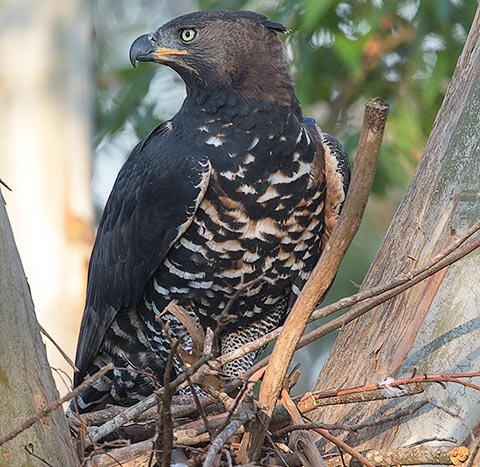
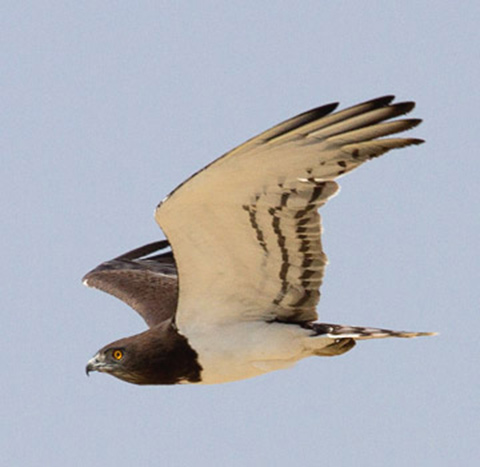
Other grassland species include the Broadtailed Warbler, another sought-after species which has been recorded several times, Cape and Yellow-throated Longclaws and Small Buttonquail. Black-rumped Buttonquail, a ‘mega-tick,’ should also occur in the reserve and there was a reported sighting of this species in November 2007. The “Mpumalanga Special” – Red-necked Spurfowl – was recorded regularly, as was the Red-winged Francolin. Raptors include African Crowned, Long-crested and Brown Snake-Eagles. The endemic Jackal Buzzard is easily seen, as is Rock Kestrel, and Cuckoo Hawk, Lanner Falcon and Redbreasted Sparrowhawk have also been recorded. The Cape Eagle Owl was recorded during the November 2007 ‘Big Birding Day’ but was not recorded during the ‘official’ bird counts.

The forests and woodland areas are home to species such as the Knysna and Purple-crested Turacos, Narina Trogons, Eastern Nicators, Gorgeous and Olive Bush-Shrikes, Blue-mantled Crested-Flycatcher and Grey Cuckooshrike, whilst the boulder strewn hillsides are home to the endemic Buffstreaked Chat, which is a common resident. The wooded streams are frequented by Mountain Wagtail and the Half-Collared Kingfisher, another sought-after bird, and the flowering aloes and other plants attract a wide variety of Sunbirds, including Collared, Malachite, Scarlet-chested, Olive, Southern Double-collared and Greater Double-collared. Gurney’s Sugar Bird – another sought after bird – has also been recorded.
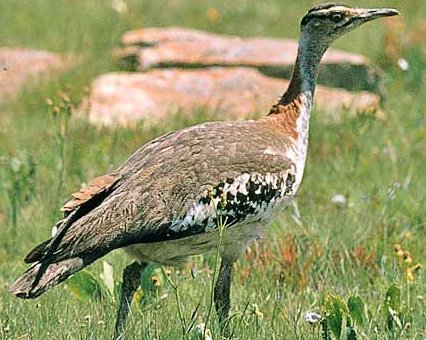
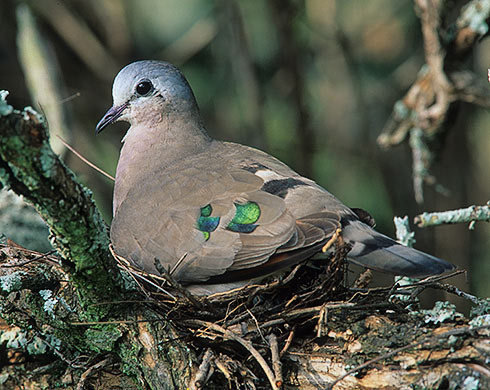
Denham’s Bustard, which is now classed as vulnerable, having decreased in numbers and range in most of South Africa due to habitat loss and human disturbance, appears to have made the high-lying grasslands of Mountainlands its home as pairs have been recorded on a regular basis and birders are always thrilled to see this magnificent bird.
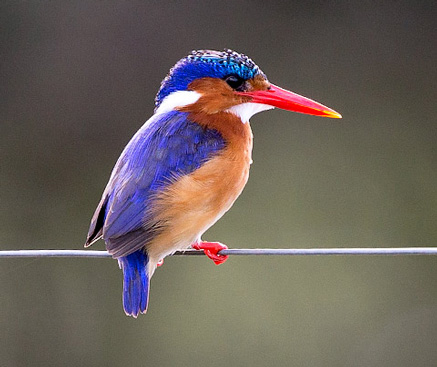
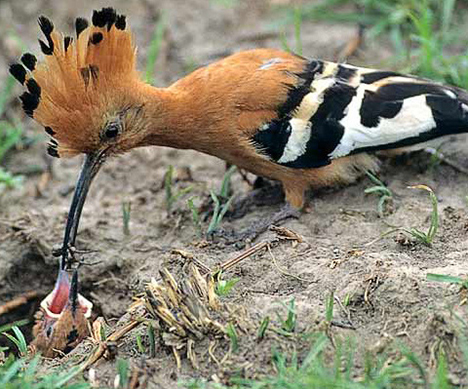
As Mountainlands lies between Kaapsehoop and Malolotja Nature Reserve (in Swaziland), where the critically endangered Blue Swallows have occurred, there is always a possibility of this bird also being found here. With a similar altitude, vast areas of suitable unspoiled montane grasslands and hundreds of hollows and caverns, the possibility is indeed exciting. As such, the Barberton Bird Club is continually on the lookout for this endangered species and is of the opinion that “no Blue Swallow could possibly fly over such a magnificent area without stopping over – so they have to be there in summer”.
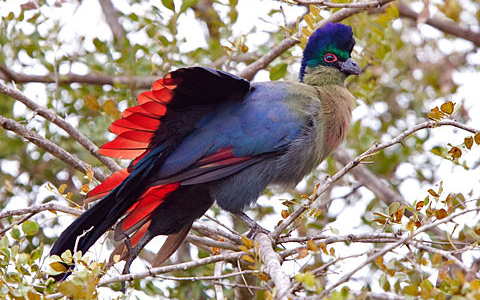
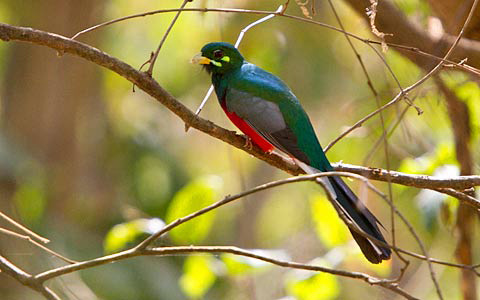
Some exciting visitors of the feathered variety also pop into the Reserve from time to time including Pennant Winged Nightjar, Grey Waxbill, Bronze Winged Courser and Honey Buzzard. A Black stork was also recorded nesting on cliffs in a remote area of the reserve a couple of years ago and an exciting addition to our checklist is a Black Eagle, now referred to as Verreaux’s Eagle. Dassies have also been recorded recently and as this is the favorite food of the Black Eagle this suggests this magnificent raptor may be here to stay! As it is probably 25 to 30 years since either the Black Eagle or Dassies were recorded regularly in the Barberton area this is very special indeed.
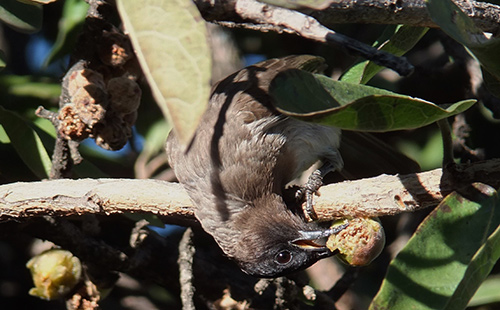

Please report any unusual sightings to Marjorie Nuns (anuns@icon.co.za) as it important that these are recorded and accepted by the Animal Demography Unit of University of Cape Town.
See more information on the birding surveys of the reserve on the website of the Birds In Reserves Project (BIRP) conducted by the Department of Zoology, University of Cape Town in partnership with BirdLife South Africa and the South Africa National Biodiversity Institute (SANBI).
Text by Marjorie Nuns – Barberton Bird Club and photographs by Warwick Tarboton






